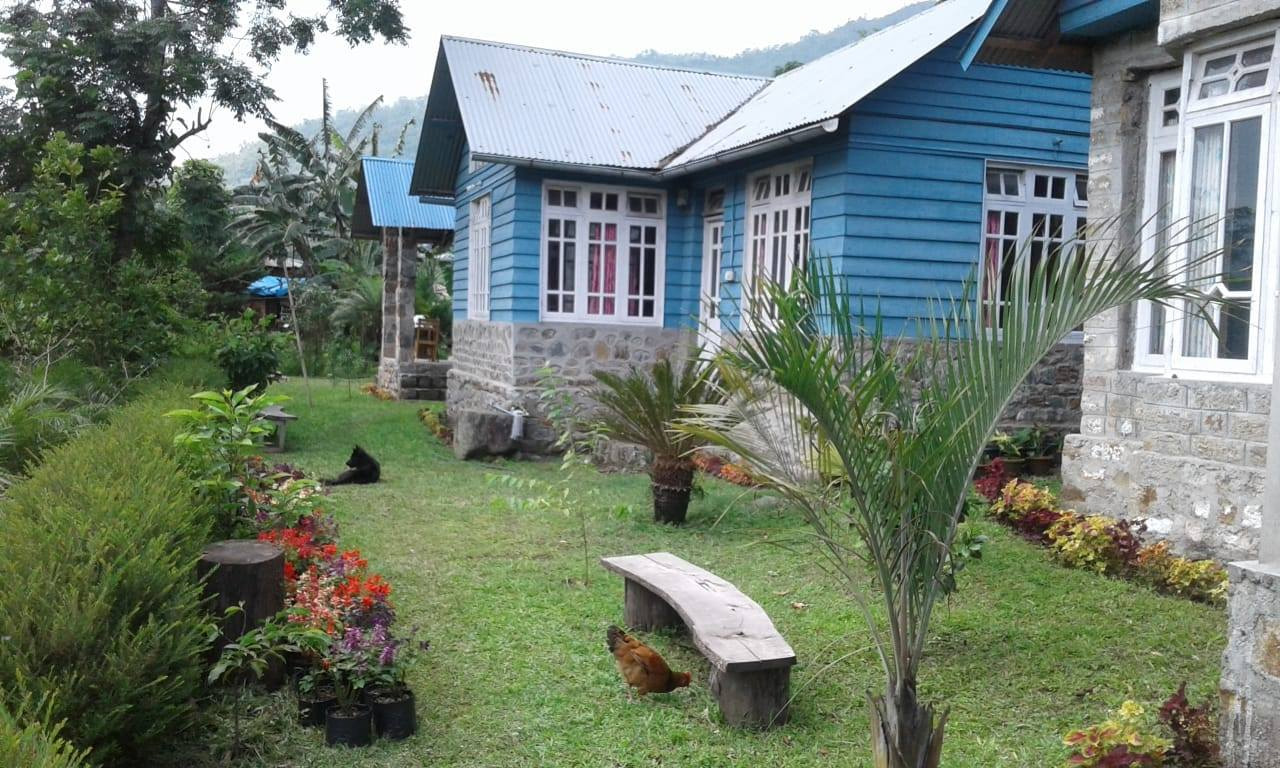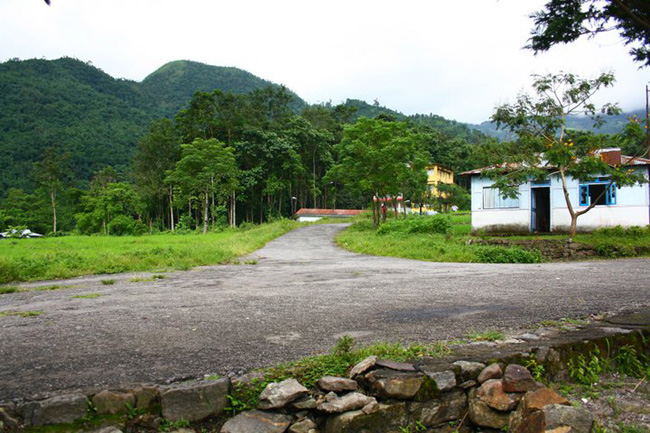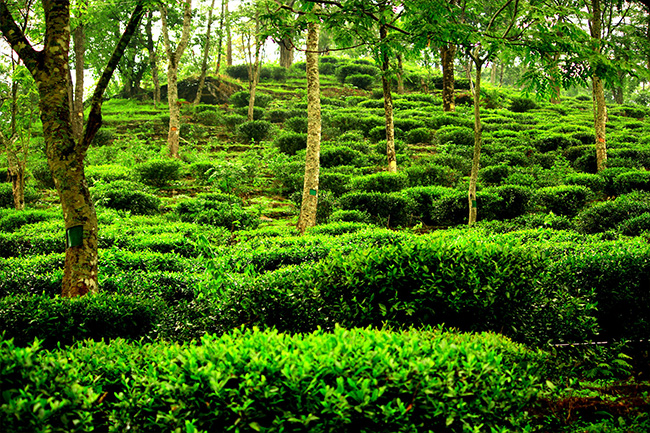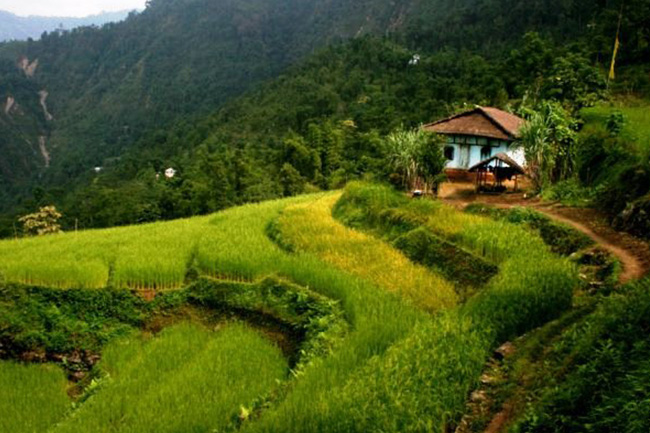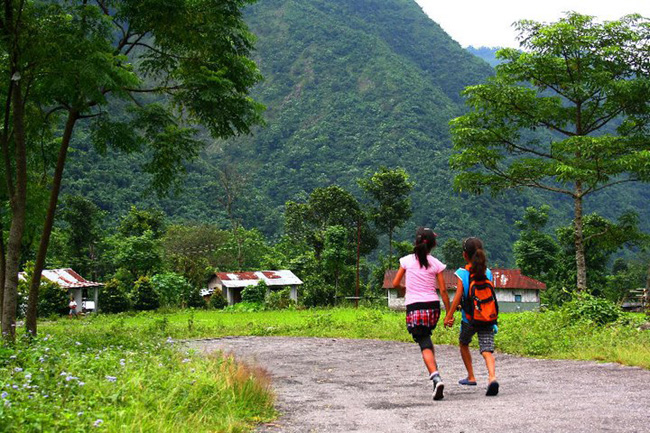About the Homestay
Our property name is Bungkulung Retreat Eco Huts which is located in the village called Bungkulung .
My property consists of total 4 cottages where approx 22 heads can fit.
Each cottages has attached bathroom and veranda itself. As I am a nature lover , my property is filled with lushy green gardens and flowers and most importantly we have a parking space as well as my property is beside the road.
Amenities
- Parking
- Laundry on request
- Garden
- Barbecue on request
- Wheelchair Accessible
- Cash only
- Driver stay extra cost
- Geysers
House Allows
- Non Veg Food
- Unmarried Couples
- Alcohol (In room)
- Smoking (Outside room)
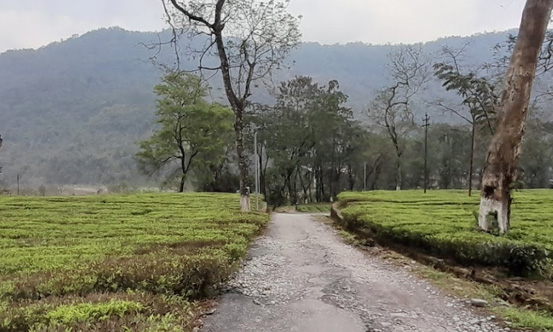
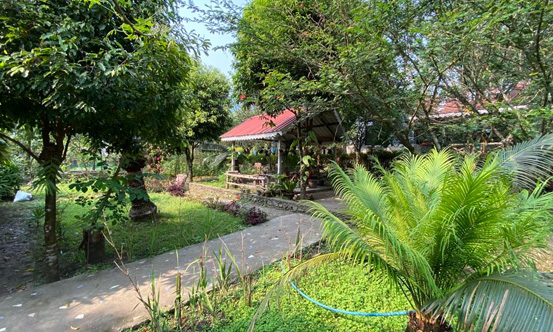
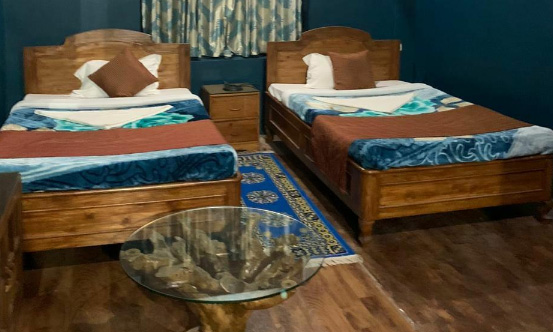
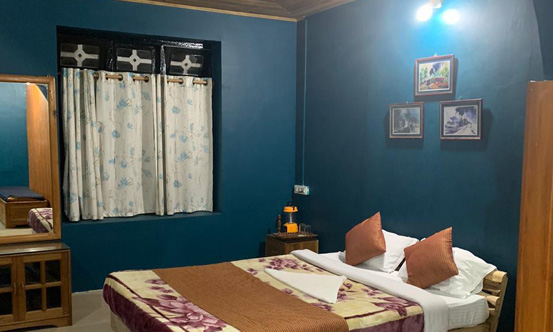
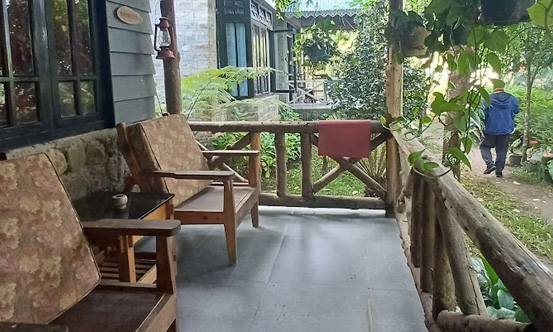
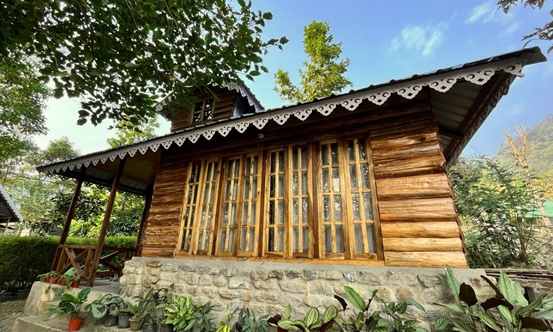
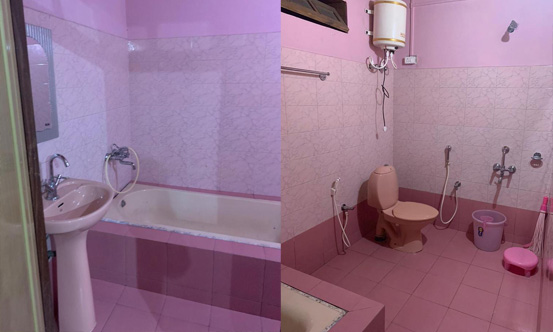
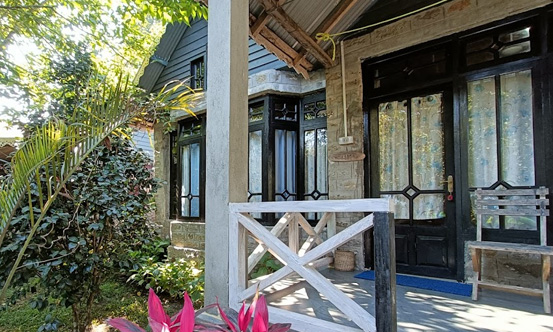
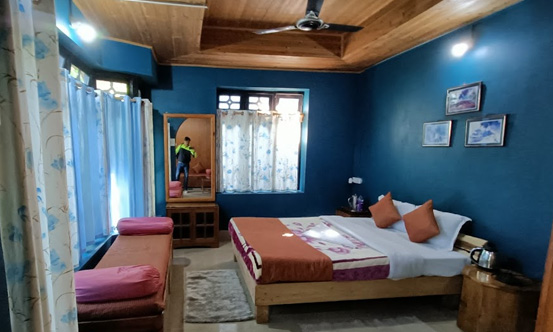
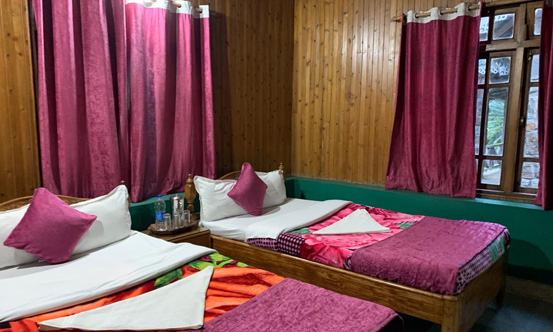
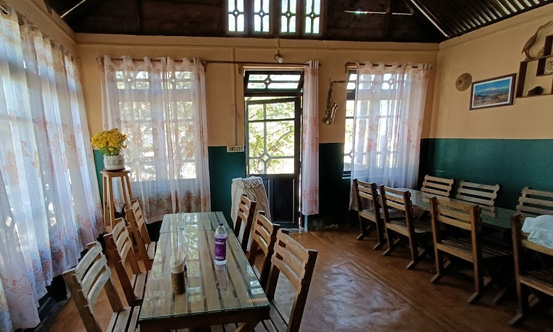
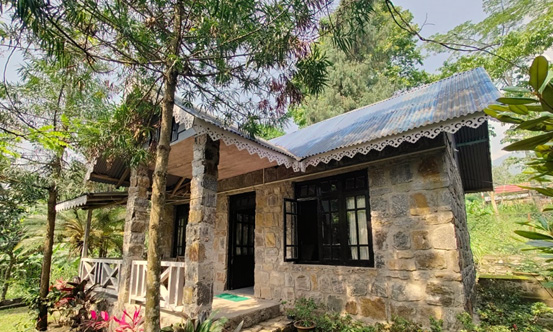
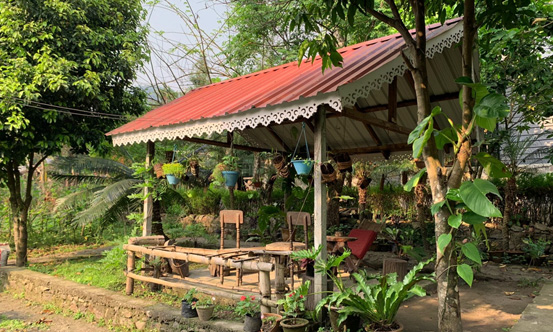
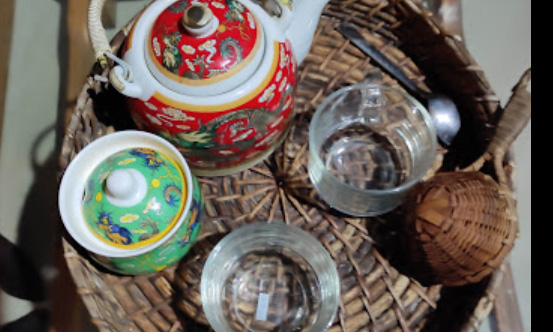
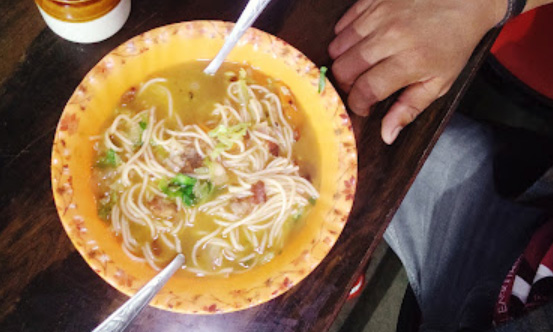
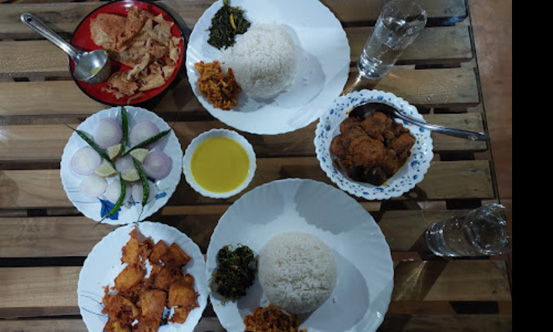
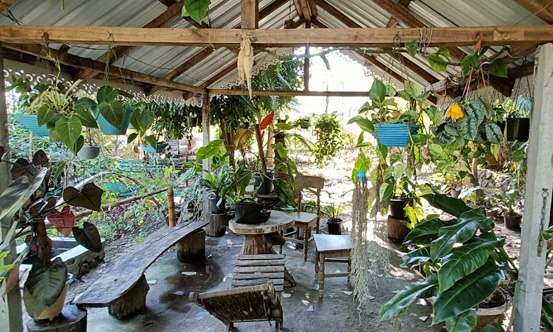
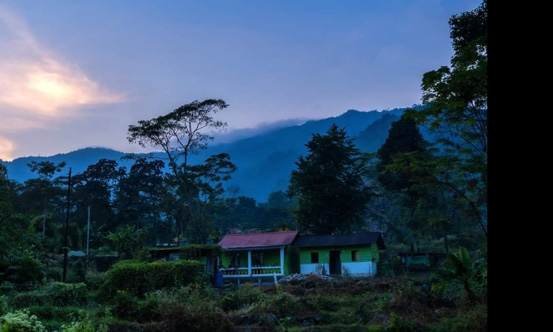
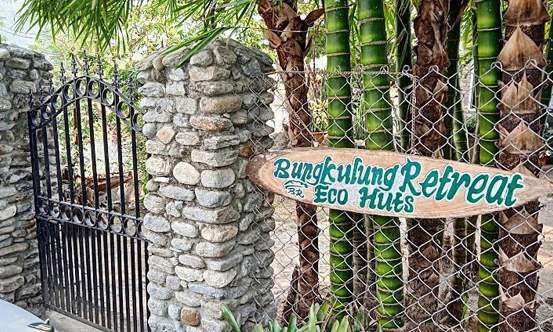
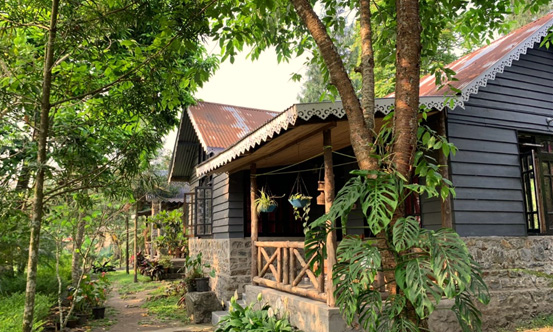
4 cottages available for booking
About the area
- 10 km from Mirik
- 50 km from New Jalpaiguri
Meal
Included in the stay
- Bed tea
- Breakfast
- Lunch
- Tea with snacks
- Dinner
- Use of kitchen
- Lodging only
- Ask for local food
Rules
Booking confirmation requires payment of 50% of the total tariff in advance. The remaining amount is to be paid at checkout.
Check in : 12 noon
Check out : 10:30 am
